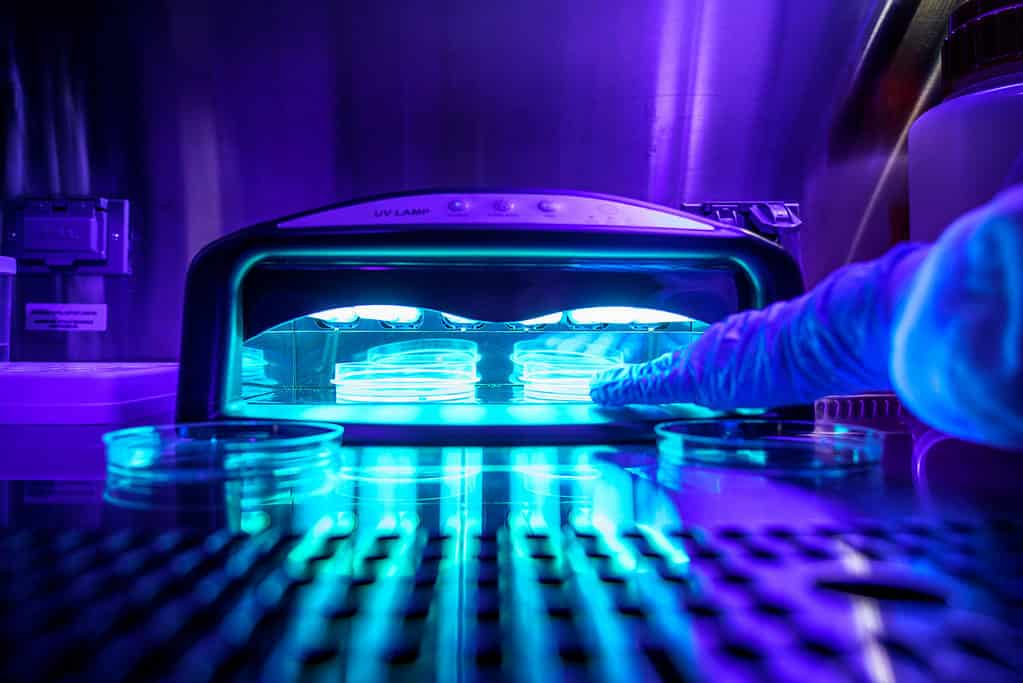Ultraviolet (UV) nail polish dryers may be cool, but they can lead to cell death and cancer-causing mutations in human cells. The authors of a new study have shown that the use of these devices for just one session causes 20-30% cell death, while three consecutive sessions cause between 65-70% of the exposed cells to die.

Ludmil Alexandrov, a professor of bioengineering as well as cellular and molecular medicine at UC San Diego, was waiting in a dentist’s office and reading a magazine when he stumbled upon a news article that raised his curiosity. A young beauty pageant contestant had been recently diagnosed with a rare form of skin cancer on her finger.
“I thought that was odd, so we began looking into it, and noticed a number of reports in medical journals saying that people who get gel manicures very frequently—like pageant contestants—are reporting cases of very rare cancers in the fingers, suggesting this may be something that causes this type of cancer,” he said in a statement.
They kill cells and cause cancers
UV nail polish dryers are a common feature in nail salons. Also known as UV nail lamps, they work by emitting ultraviolet (UV) light to cure (or harden) gel nail polish. The process of curing is a chemical reaction that involves special photoinitiators in the gel polish, which respond to UV light, causing the gel polish to harden and become durable.
They generally use a particular spectrum of UV light (340-395nm) to cure the chemicals used in gel manicures. Tanning beds use a different spectrum (280-400nm) and studies have shown they are carcinogenic. But the spectrum in nail dryers hasn’t been well studied. So Alexandrov got to work.
The researchers exposed three different cell lines — adult human skin keratinocytes, human foreskin fibroblasts, and mouse embryonic fibroblasts — to two different conditions: acute exposure and chronic exposure to the UV light device. Under acute, the cells were placed under the machine for 20m and under chronic for 20m a day for three days.
Cell death, damage, and DNA mutations were observed under both conditions, the researchers said, with an increase of reactive oxygen species molecules (known to cause DNA damage and mutations) and mitochondrial dysfunction in the cells. They also found higher levels of somatic mutations in the irradiated cells in melanoma patients.
“We saw multiple things: first, we saw that DNA gets damaged,” said Alexandrov. “We also saw that some of the DNA damage does not get repaired over time, and it does lead to mutations after every exposure with a UV-nail polish dryer. Lastly, we saw that exposure may cause mitochondrial dysfunction, which may also result in additional mutations.”
“In summary, this study demonstrates that radiation emitted by UV-nail polish dryers can both damage DNA and permanently engrave mutations on the genomes of primary mouse embryonic fibroblasts, human foreskin fibroblasts, and human epidermal keratinocytes,” the researchers write in the study.
While the allure of instantly dried, long-lasting gel manicures can be tempting, these findings present a sobering reminder of the potential health risks associated with UV nail polish dryers. To those who frequently enjoy gel manicures, the prospect of cell death, DNA damage, and the heightened risk of skin cancer may lead to a reconsideration of their beauty routines.
It is vital to note that this study’s findings do not mean that every person who uses a UV nail lamp will develop skin cancer. The risk is cumulative and depends on the frequency and duration of UV exposure. However, this research underscores the importance of moderation and the necessity of protective measures.
While other products use UV light in the same spectrum as the nail polish dryers, such as for curing dental fillings and hair removal treatments, the researchers said the regularity of use and the cosmetic nature of nail dryers set them apart. Plus there are plenty of alternatives to this procedure, such as cold water ice baths, meaning it might not be worth the risk.
The study was published in the journal Nature Communications.


